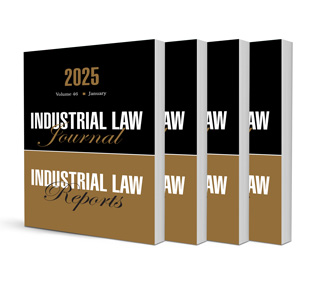Social Security in South Africa: Overview of Developments — Historical Perspectives

Social Security in South Africa: Overview of Developments — Historical Perspectives
Author Marius Olivier
ISSN: 2413-9874
Affiliations: Honorary Professor, Faculty of Law, Nelson Mandela University; Extraordinary Professor, Faculty of Law, North-West University; Adjunct-Professor, School of Law, University of Western Australia; BA LLB (Pret), LLD (Unisa)
Source: Industrial Law Journal, Volume 46 Issue 2, 2025, p. 847 – 870
https://doi.org/10.47348/ILJ/v46/i2a7
Abstract
This contribution concerns an assessment of the historical development of formalised social security in South Africa. It firstly provides a historical overview of the development of non-contributory social security (social assistance) in accordance with distinct time periods, noting that initial non-state interventions have gradually been augmented and with time displaced by initially restrictive but later expanding arrangements serving particular categories of the poor. Until 1993 racial inequality remained a distinct hallmark of social assistance provisioning, the removal of which resulted in an exceptionally comprehensive system of state support with powerful direct and indirect, distributional impact. Secondly, historical perspectives on the development of contributory social security (social insurance) are reflected on, per risk category. Key risk benefit categories (in old age, unemployment, occupational injuries and diseases, health care, sickness, maternity, disability, and dependants’ domains) have incrementally been captured in public and private contributory arrangements, and coverage progressively extended to include mostly vulnerable workers, the majority of whom are Africans. Finally, and in conclusion, an overall assessment of historical developments is provided. An integrated and calibrated social security system is still lacking, while significant gaps remain, both system- and institutionally wise. Key categories of vulnerable persons, notably the long-term unemployed and informal economy and self-employed workers, remain largely excluded. A shift from non-state and private provisioning to larger, public scheme arrangements has been discernible, but uneven: among others, the establishment of the envisaged National Social Security Fund has yet to materialise.